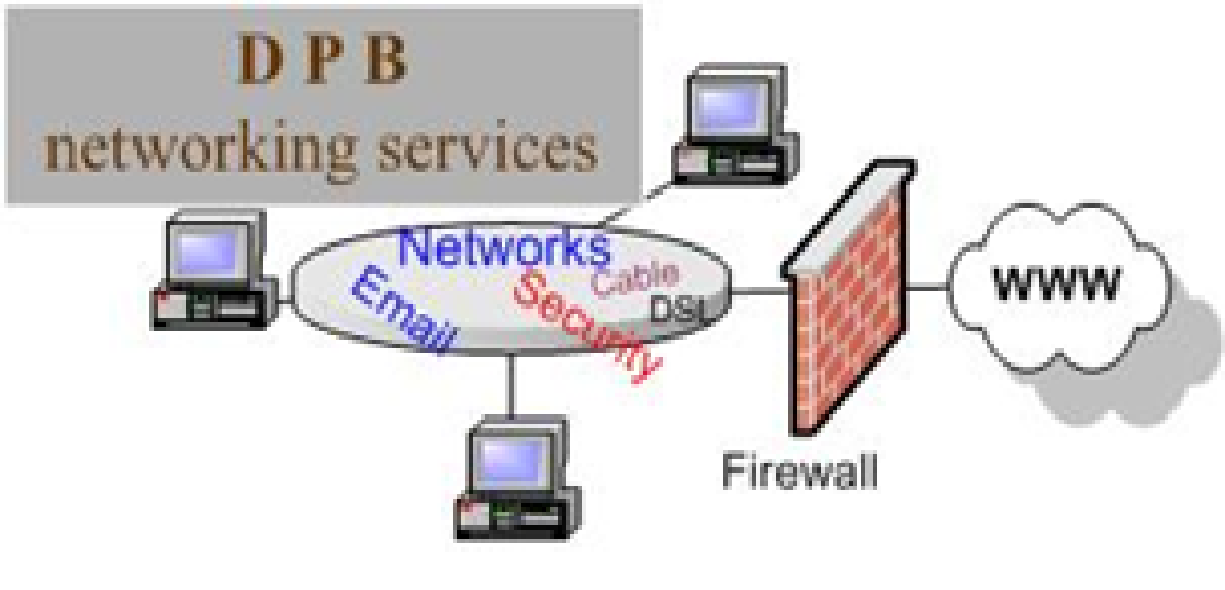But wasted time isn’t the only consequence of a broken invoice reconciliation process. It can also lead to some very costly mistakes, so law firms must ensure the consistent accuracy of their banking and billing records.
If your law firm’s invoice reconciliation process is broken, keep reading to discover some ways to fix it.
What is Invoice Reconciliation?
Invoice reconciliation is the process of confirming that everything included within a client invoice matches the data listed in corresponding banking statements. It requires sorting through each invoice separately and comparing it with the bank statement to balance each client account.
In accounting terms, reconciliation utilizes multiple records to ensure that all amounts are in complete agreement with one another. It promotes accuracy and stability within the financial accounts and reports of law firms.
The Problem of Manual Reconciliation
Traditionally, law firms have handled this important task manually, meaning that firm members manually matched invoices with their corresponding bank statements, and reviewed them for any discrepancies. But this method of handling such an important task can bring along some potential problems.
As stated earlier, manual reconciliation can take up a lot of valuable law firm time. Depending on the amount of invoicing and collections, the process can take multiple days to complete. That’s a lot of time that could be better spent on more profitable tasks. Consider this list of steps that accountants suggest for manual reconciliations:
- Organizing – For law firms that don’t use e-billing software, this can involve the collection of pages upon pages of invoices and statements.
- Matching – This is the painstaking work of comparing each transaction line by line to identify any mismatched transactions that need reconciliation.
- Flagging discrepancies – This is the process of marking transactions that don’t match invoices for further review and correction.
- Making corrections and rechecking – Records need to be reviewed and corrections made. Once that is done, comprehensive reconciliation requires a second review of all transactions to ensure accuracy.
Completing this list on a regular basis can become a tedious and time-consuming task for firm members, but that is not the only problem. Manual reconciliation is also prone to error. Whether due to inaccurate calculations, fatigue, or simple carelessness, manual reconciliation processes often include mistakes.
One accounting industry study found the following conclusions about manual reconciliations completed with spreadsheets:
- Large spreadsheets include, on average, at least one bottom-line error.
- It is difficult for the human eye to detect spreadsheet errors.
- Employees hesitate to admit mistakes in their spreadsheets.
Reconciliation errors can cause a variety of serious problems for law firms, especially those that handle client trust accounts. These firms are ethically and legally bound to keep the records for these accounts reconciled with the banking records. Failure to do so could lead to client complaints and ethical violations. It’s a serious problem, but one that is quickly fixed with the right legal billing software.
How the Right Legal Billing Software Improves the Reconciliation Process
From task tracking to the completion of payment, the right electronic billing system organizes everything step by step. It eliminates the need for collecting and organizing documents. With one comprehensive billing platform, everything is done for the firm. The same system creates and organizes invoices, collects payments, and deposits the funds into linked banking accounts.
With all of these steps managed through one single platform, firm leaders can quickly run reports for efficient reconciliations. For example, TimeSolvPay allows users to easily review payment details for each transaction through a deposit report. With this feature, law firms can better track individual transactions and deposits for the reconciliation of payments with accounting software.
The frustrating process of going back and forth between paper invoices and banking documents is replaced with a more streamlined e-billing process. This leads to improved time management and fewer accounting discrepancies.
TimeSolv Legal Billing Software Fixes your Law Firm’s Broken Invoice Reconciliation Processes
The team at TimeSolv understands the importance of providing law firms with the tools they need to reconcile against their bookkeeping software. That’s why its innovative TimeSolvPay feature includes a variety of transactional reporting options, including:
- Daily transaction and deposit reports for quick identification and correction of discrepancies
- A quick dashboard view of deposits from the previous seven days
- Specific day reports seeing all transactions included within a single deposit.
With the right legal billing system, invoices can be reconciled quicker and more efficiently. An improved invoice reconciliation process looks like hours of valuable time saved on invoice reconciliation, less risk of invoicing errors, faster invoice reconciliation, and the end of inefficient spreadsheets for financial review.
To learn more about TimeSolv and the ways that TimeSolvPay helps your law firm fix your invoice reconciliation processes, click this website link for a free trial offer.
















